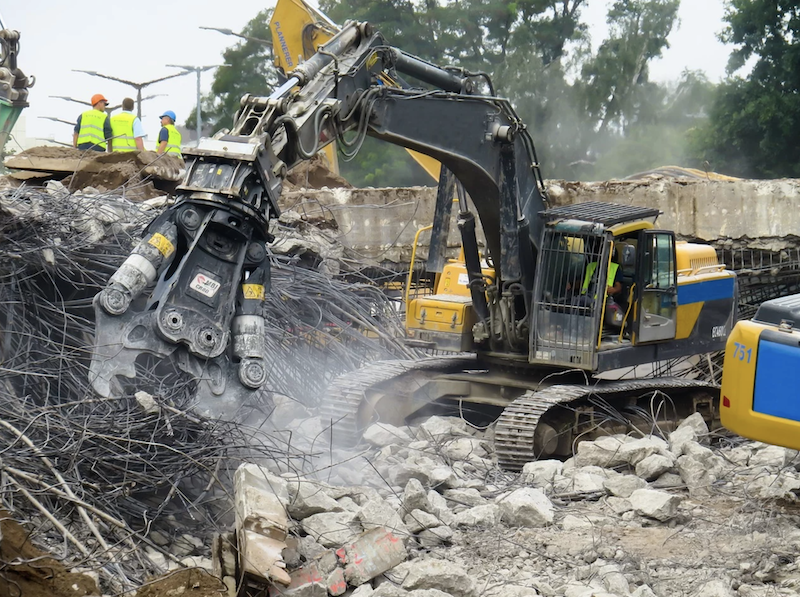Embodied carbon in buildings accounts for 11% of all global greenhouse gas emissions, according to The Urban Land Institute’s (ULI) Greenprint Center for Building Performance.
A new report from that group, Embodied Carbon in Buildings Materials for Real Estate, explains how reducing embodied carbon in the construction process can save developers money and help mitigate the impacts of climate change. Embodied carbon refers to the emissions associated with the manufacturing, transportation, construction of building materials, as well as building materials disposal.
Greenprint and its members are striving to reduce greenhouse gas emissions by 50% by 2030. The report examines multiple steps that contractors and developers can take to reduce their embodied carbon:
· Consider low-carbon structural materials, such as green concrete, recycled steel, or mass timber
· Reduce the total materials in building design, which can result in lower costs
· Repurpose used materials as much as possible, which can add authenticity to a project
· Specify lower-carbon materials when offering an RFP, which often comes at no added cost
· Calculate the embodied carbon of the materials in the project, to understand the emissions impacts and prepare the building for eventual embodied carbon reporting regulations that may be enacted by local municipalities
· Promote the embodied carbon reductions gain to build community good will and increase market awareness and adoption of reduced embodied carbon buildings
Related Stories
| Oct 6, 2011
Taking tenant behavior into account on building energy codes
Over the past few years, Seattle, San Francisco, Austin, and Washington, D.C., have passed laws requiring property owners to measure and disclose their energy use, which would help place a market value on a building’s efficiency and provide a benchmark for improvements.
| Oct 6, 2011
Constructed properly, green roofs hold up well in a hurricane
The heavy rains and high winds of Hurricane Irene didn’t cause any problems for a Con Edison green roof in New York City. The roof contains sedum, a plant that adapts well to drought and handles periods of heavy rain well.
| Oct 6, 2011
RoofPoint: A new green standard for roofs
Structured much like other rating systems, RoofPoint, establishes green standards specifically for roofs.
| Oct 6, 2011
Roofers critical of new OSHA harness rules
Roofers say a new OSHA rule requiring all residential roofers to wear a safety harness makes workers less safe, and is causing lost business for those who comply with the rule.
| Oct 6, 2011
Florida county proposes saving on construction costs by trumping city regulations
This summer, Pinellas County, FL wanted to save money on an $81 million public safety complex in Largo by using the county’s own building regulations and permit fees, not the city’s more expensive fees.
| Sep 30, 2011
OSHA Releases New Nail Gun Safety Document
The Occupational Safety and Health Administration and the National Institute for Occupational Safety and Health have developed a new guidance document, Nail Gun Safety—A Guide for Construction Contractors.
| Sep 30, 2011
Cement Industry Advocates For Environmental Regulatory Relief
EPA regulations impacting the cement industry could force the closure of 18 of the nearly 100 US cement plants and cost 4,000 manufacturing jobs .
| Sep 30, 2011
IRS Releases New Rule On Reclassifying Independent Contractors
The Internal Revenue Service (IRS) has a new Voluntary Classification Settlement Program that allows an employer to reclassify independent contractors as employees if those workers previously were misclassified.
| Sep 29, 2011
Illinois Grapples With Definition of ‘Clean’ Construction Debris
The Illinois Pollution Control Board holds hearings this week about construction debris rules proposed by the state Environmental Protection Agency.
| Sep 15, 2011
Alabama Prepares First Statewide Residential Building Code
Following a series of devastating tornadoes that ripped through Alabama on April 27th, the state is preparing to implement the first statewide building code for residential structures.







